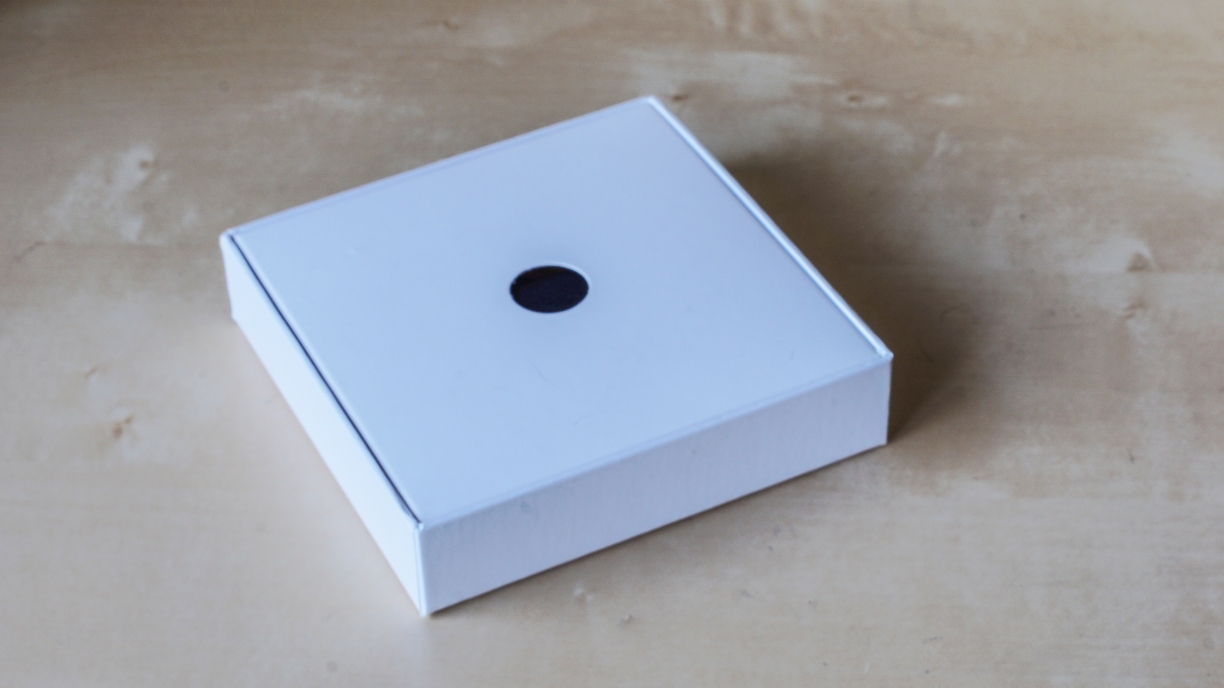Treble is mediocre, bass is awful (boomy and textureless).
Mids are good.
You can overcharge it and kill the battery, I mean, how could they actually NOT put a charging controller in there, it's not a 10$ product.
Packaging is kinda good, though no OTA cable, which is a bit hilarious.
In comparison, Cayin N3 obliterates this item in DAC mode.
Mids are good.
You can overcharge it and kill the battery, I mean, how could they actually NOT put a charging controller in there, it's not a 10$ product.
Packaging is kinda good, though no OTA cable, which is a bit hilarious.
In comparison, Cayin N3 obliterates this item in DAC mode.






















































